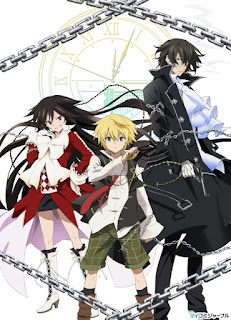Showa: A History of Japan 1944-1953

When people think of MANGA in this day and age, they immediately think of big robots fighting crime; magical girl in Lolita dresses; and the typical Gegika style stories. No one would think of manga as an outlet for historical depiction of events.
Hence, I believe that the best way to have started this class was with a historical background on Japan and the rise of manga.
Although we were supposed to read Showa: A history of Japan 1953-1989, I got sucked in by the volume before focused on the 1944-1953 period. Shigeru Mizuki's work was truly inspiring. Not only did he spend his time in the war, but he also rose from the war's ashes to become an incredible illustrator. As I read this volume, I was stopping every few seconds to admire the work of Mr. Mizuki. His skilled inking techniques brought realism to the detailed panels. However, he combined that with several minimalistic and comedic characters and scenes. I don't believe that war is a matter of laughter, but his minimalistic approach to characters and sad situations made the overall manga easier to get through. I kept wanting to read more of his story and how he survived; at the same time, his illustration style supported my desire to continue reading.
As I kept reading the volume, one question kept popping in my head: what would happen if we taught history to kids and young adults through the use of manga and comics? Wouldn't that support their interest in the subject? Misuzki provided entertainment, but he also provided detailed accounts into important events of the war that no history book would manage to grasp the interest of teenagers and kids. I would definitely recommend Showa to any history buff, but I would also recommend it to anyone that wants to appreciate incredible artistic techniques from a father of manga.


Comments
Post a Comment